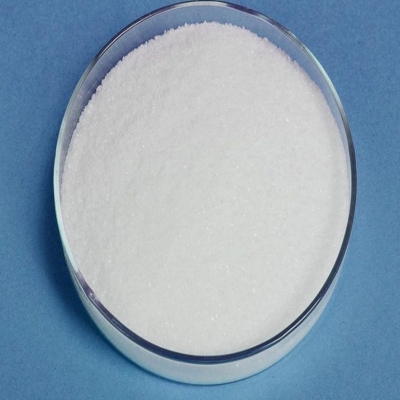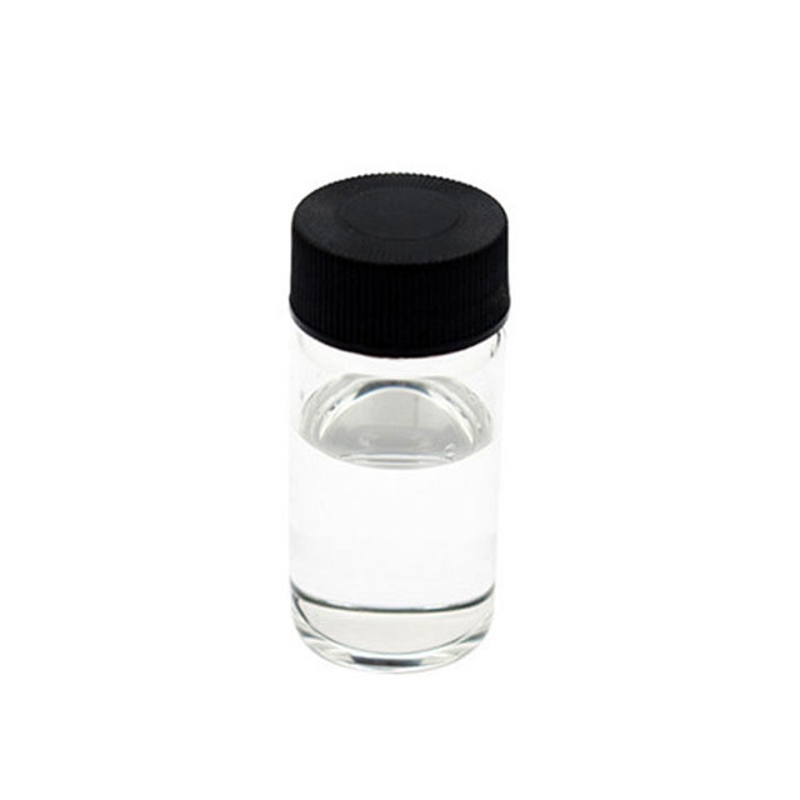FDA grants Novartis crizanlizumab ground-breaking drug for the prevention of vascular blocking risk in patients with sickle cell disease
-
Last Update: 2020-06-10
-
Source: Internet
-
Author: User
Search more information of high quality chemicals, good prices and reliable suppliers, visit
www.echemi.com
recently, SwissPharmaceutical(http://giant Novartis announced that the U.SFood andDrug(http://Authority (
FDA(http://) has awarded crizanlizumab (SEG101), formerly known as SelG1, to prevent all genotype sickle cell disease (SCD) patients with vascular obstructive hepatophilic disease (SCD) breakthrough drug (VOC) eligibility (BTD)related studiesFDA granted crizanlizumab BTD, positive data based on Phase II SUSTAIN clinical studiesThe study was a multi-center, multi-center, multi-country, randomized, placebo-controlled, double-blind, 12-month study designed to assess the efficacy and safety of crizanlizumab or non-reactive hydroxyurea therapy to prevent SCD in patientspreliminary results of the study, published in the New England Journal of Medicine (NEJM), showed that crizanlizumab significantly reduced the median annual incidence of SCPC by 45.3 percent (1.63 vs 2.98, p.010) compared to placebo when combined or not reused hydroxyureathe most common adverse reactions in thestudy (the incidence of active treatment group (2.5 mg/kg, 5 mg/kg) was 10% and 2 times as many as in the placebo group) including joint pain, diarrhea, itching, vomiting, and chest painThere was no significant increase in infection in the treatment of crizanlizumabNew data from the
analysis(http://,the 2018 annual meeting of the American Society of Hematology (ASH2018), shows that the proportion of patients in the crizanlizumab (5.0mg/kg) treatment group who did not experience any VOC during treatment was significantly higher (37.5 percent vsvsvs12.2, p.008), the median time of first VOC treatment more than doubled (6.55 months vs 1.58 months, p 0.001), the annual incidence of VOC decreased (1.04 vs 2.18, p-0.02)
This article is an English version of an article which is originally in the Chinese language on echemi.com and is provided for information purposes only.
This website makes no representation or warranty of any kind, either expressed or implied, as to the accuracy, completeness ownership or reliability of
the article or any translations thereof. If you have any concerns or complaints relating to the article, please send an email, providing a detailed
description of the concern or complaint, to
service@echemi.com. A staff member will contact you within 5 working days. Once verified, infringing content
will be removed immediately.







